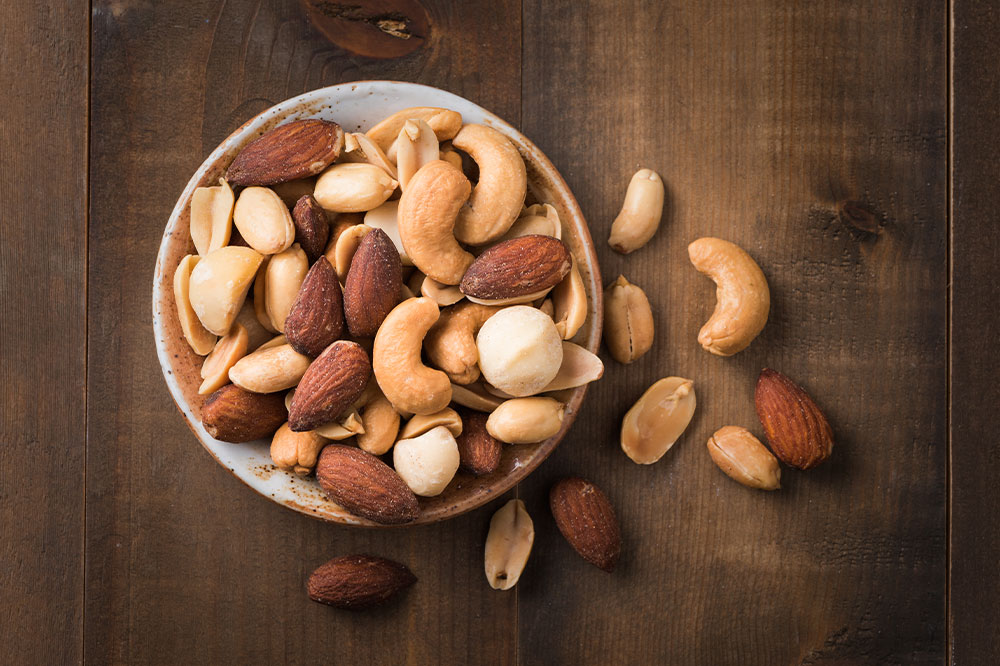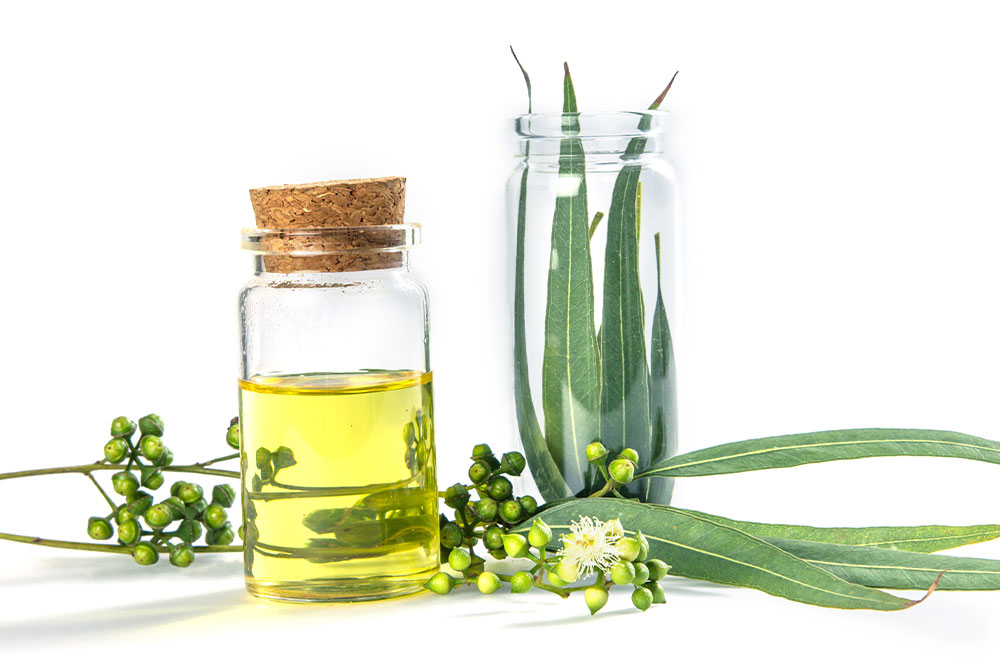Mastering laundry – 21 essential dos and don’ts for clothes

While doing laundry seems like a basic task, mastering the art of laundry takes time and practice, and following certain rules can help one get started on the right foot. These rules can extend the lifespan of one’s clothes and also help optimize the efficiency and durability of one’s washing machine, ensuring it remains a reliable tool in one’s laundry routine. Here is a list of 20 essential laundry dos and don’ts of laundry.
Laundry Dos to Follow
Read Care Labels
Before tossing one’s clothes in the washer, one is advised to take a moment to read the care labels. They provide specific guidelines on water temperature, washing methods (like hand washing or machine washing), and even drying instructions. For instance, a delicate silk blouse may require gentle hand washing in cold water, while a cotton t-shirt might thrive in a regular machine cycle. Ignoring these labels can lead to shrinkage, color fading, or even fabric damage.
Sort by Color
To prevent color bleeding and fading, it’s necessary to sort one’s laundry into three categories: whites, lights, and darks. This simple step can help preserve the vibrancy of one’s clothes.
Empty Pockets
Checking and emptying pockets before loading one’s laundry is crucial. Leaving items like pens, tissues, or loose change in one’s pockets can damage one’s clothes and washing machine.
Use the Right Detergent
One should select a detergent that matches one’s washing machine and laundry needs. High-efficiency (HE) machines, for example, perform best with HE detergents designed for low-sudsing. Likewise, certain fabrics, such as wool or silk, require specialized detergents to protect their delicate fibers. Using the wrong detergent can lead to inefficient cleaning, detergent residue buildup, and potential damage to one’s machine or clothes.
Measure Detergent
One should avoid using too much detergent, which can leave a residue on one’s clothes and clog one’s washing machine. It’s best to follow the recommended dosage on the detergent label.
Pretreat Stains
Treating stains promptly before washing is important because it helps prevent them from setting and becoming more difficult to remove. One can use appropriate stain removers or DIY solutions to increase one’s chances of successful stain removal.
Close Zippers and Fasten Buttons
One should zip up zippers and fasten buttons before washing to prevent them from snagging or damaging other items in the load.
Use Mesh Laundry Bags
Delicate items, lingerie, and small items like socks benefit from being placed in mesh laundry bags. These bags protect them from friction and potential damage in the washing machine.
Check for Lint
One is advised to clean the lint filter in one’s dryer after every load. A clean filter ensures better airflow and efficiency while reducing fire hazards.
Follow Water Temperature Guidelines
One should pay attention to the recommended water temperature on care labels. Using the wrong temperature can lead to poor cleaning results or damage to one’s clothing.
Empty the Washer Promptly
It’s important to remove clothes from the washing machine immediately after the cycle finishes to prevent wrinkles and musty odors.
Fold or Hang Clothes
Folding or hanging one’s clothes promptly after drying prevents wrinkles. One can use hangers for items like dresses, blouses, and suits.
Laundry Don’ts
Overload the Washer
Avoiding overloading the washing machine ensures proper cleaning and prevents damage to the machine. Excessive loads can hinder the agitator’s movement and detergent distribution, leading to less effective washing and potential wear and tear.
Mix Fabrics
Different fabrics often have varying care requirements, including different wash cycles, water temperatures, or drying methods. Washing a delicate silk blouse, for instance, with a pair of sturdy denim jeans might damage the delicate silk, potentially causing fraying or shrinking.
Scrub stains vigorously
Excessive scrubbing can push the stain deeper into the fabric fibers or cause them to spread, making it more challenging to remove. One can treat the stain with the appropriate cleaning agent and allow it to soak or blot gently until the stain is lifted.
Forget to Check Pockets
Neglecting to check and empty pockets can lead to damaged clothes and unexpected laundry surprises.
Use Too Much Fabric Softener
Excessive fabric softener can leave a residue on clothes and reduce their absorbency. Use the recommended amount or skip it altogether for certain fabrics.
Use Detergent Directly on Clothes
Detergents are formulated to dissolve and activate effectively in a specific amount of water, ensuring even cleaning. When applied directly to clothing, they may not mix well, leaving concentrated detergent in some areas and potentially causing color fading, residue buildup, or fabric weakening over time. It’s best to follow recommended usage instructions, typically by adding detergent to the washing machine’s detergent compartment or using a detergent ball/pod to ensure proper dispersion and garment care.
Overdrying Clothes
Overdrying clothes can result in fabric damage, shrinkage, and increased wear and tear. Excessively high heat and prolonged drying times can strip fabrics of their natural moisture, making them brittle and more prone to fraying and fading. Furthermore, it can cause certain materials like elastic and spandex to lose their elasticity, leading to a poor fit.
Use Hot Water Unnecessarily
Using hot water unnecessarily can lead to increased energy consumption, higher utility bills, and potential damage to fabrics. Hot water is generally required for heavily soiled items or to remove specific stains effectively, but many everyday laundry loads can be adequately cleaned with cold or warm water.
Skip Regular Machine Maintenance
Skipping regular machine maintenance can result in reduced washing efficiency, increased energy consumption, and costly repairs. Neglecting tasks like cleaning the lint filter, checking for blockages, and inspecting hoses can lead to poor performance and potentially cause one’s washing machine to work harder and use more energy to achieve the same results. Additionally, ignoring maintenance may lead to the development of more significant issues over time, which can be expensive to fix.







